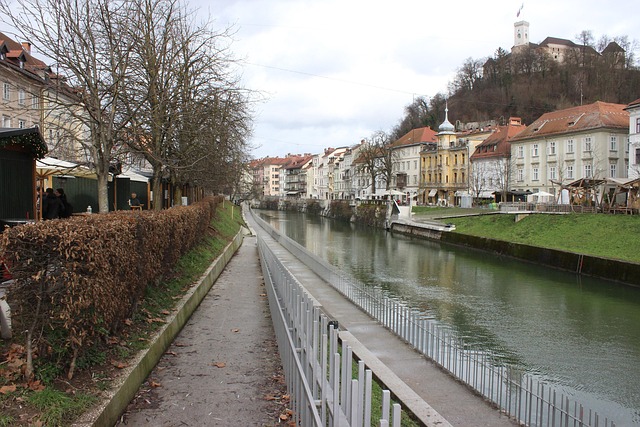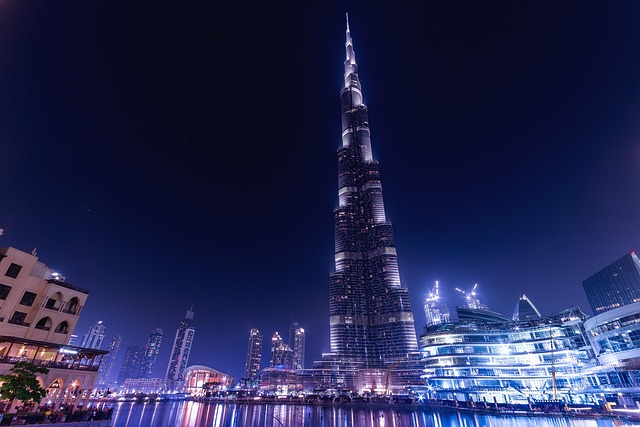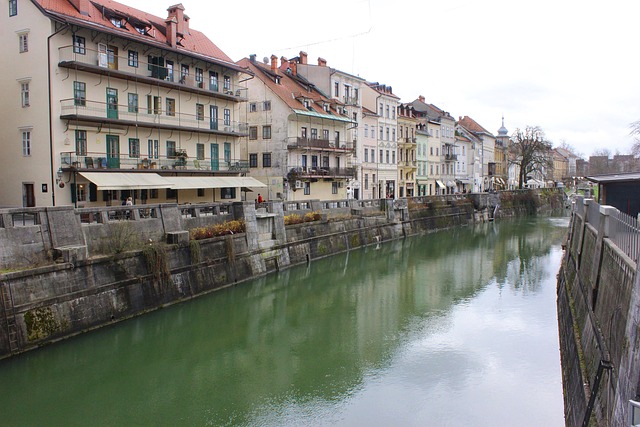Karachi's Scheme 33 is a cultural hotspot renowned for its remarkable collection of mosques, showcasing diverse architectural styles from traditional to modern. These landmarks not only inspire locals and visitors but also serve as community hubs, fostering unity through events, education, and charity. The intricate tile work, grand domes, and serene atmospheres of these mosques highlight Karachi's rich heritage and blend of Islamic aesthetics with urban vibrancy.
“Karachi, the bustling metropolis, boasts a rich cultural tapestry woven with historic mosques that stand as landmarks of faith and community. Scheme 33, a vibrant urban neighborhood, is home to several majestic mosques, each a testament to architectural beauty and religious significance. This article delves into the diverse and captivating world of these sacred spaces, exploring their role in fostering community and enhancing Karachi’s cultural landscape.”
- The Historic Mosques of Karachi's Scheme 33: A Cultural Tapestry
- Exploring the Architectural Beauty and Community Significance in a Vibrant Urban Setting
The Historic Mosques of Karachi's Scheme 33: A Cultural Tapestry

Karachi, a vibrant and bustling metropolis, boasts a rich cultural tapestry woven with historical landmarks, and at the heart of this urban landscape lies Scheme 33, home to some of the city’s most historic mosques. These architectural marvels are not just places of worship but stand as testaments to the diverse cultural heritage of Karachi. Each mosque tells a unique story, reflecting the evolution of the city over centuries.
The mosques in Scheme 33 offer a glimpse into the region’s architectural past, with designs ranging from traditional Persian and Indian styles to more modern interpretations. Their existence is a living testament to the religious tolerance and cultural exchange that has characterized Karachi throughout history. Today, these structures not only serve as spiritual centers but also act as landmarks, inviting locals and tourists alike to explore and appreciate the city’s diverse cultural tapestry.
Exploring the Architectural Beauty and Community Significance in a Vibrant Urban Setting

In the vibrant urban landscape of Karachi, mosques stand as more than just places of worship—they are architectural marvels and community centers that encapsulate the city’s rich cultural tapestry. The design and construction of these houses of prayer often reflect a unique blend of traditional Islamic aesthetics and modern architectural trends, making each mosque a testament to artistic beauty and spiritual significance. From intricate tile work and grand domes to serene courtyards and ornate calligraphy, these structures serve as landmarks that invite both locals and visitors alike to admire their sublime elegance.
Mosques in Karachi are not just gathering places for Muslims to perform their daily prayers; they actively foster a sense of community and unity among residents from diverse backgrounds. These spaces host various social events, educational programs, and charitable initiatives that bring people together, promoting harmony and understanding. The vibrant energy that permeates these mosques on Fridays during the Juma prayer or during special festivals like Eid reflects the deep-rooted significance they hold in the lives of Karachiites, making them integral to the city’s cultural and social landscape.
Karachi’s Scheme 33 boasts a cultural tapestry woven with historic mosques that serve as vibrant focal points for communities. These architectural marvels not only showcase the rich heritage of the city but also enhance its urban landscape. Through their intricate designs and community significance, these mosques continue to play a vital role in shaping Karachi’s identity, making them invaluable assets for both locals and visitors alike to explore and appreciate.

Leave a Reply